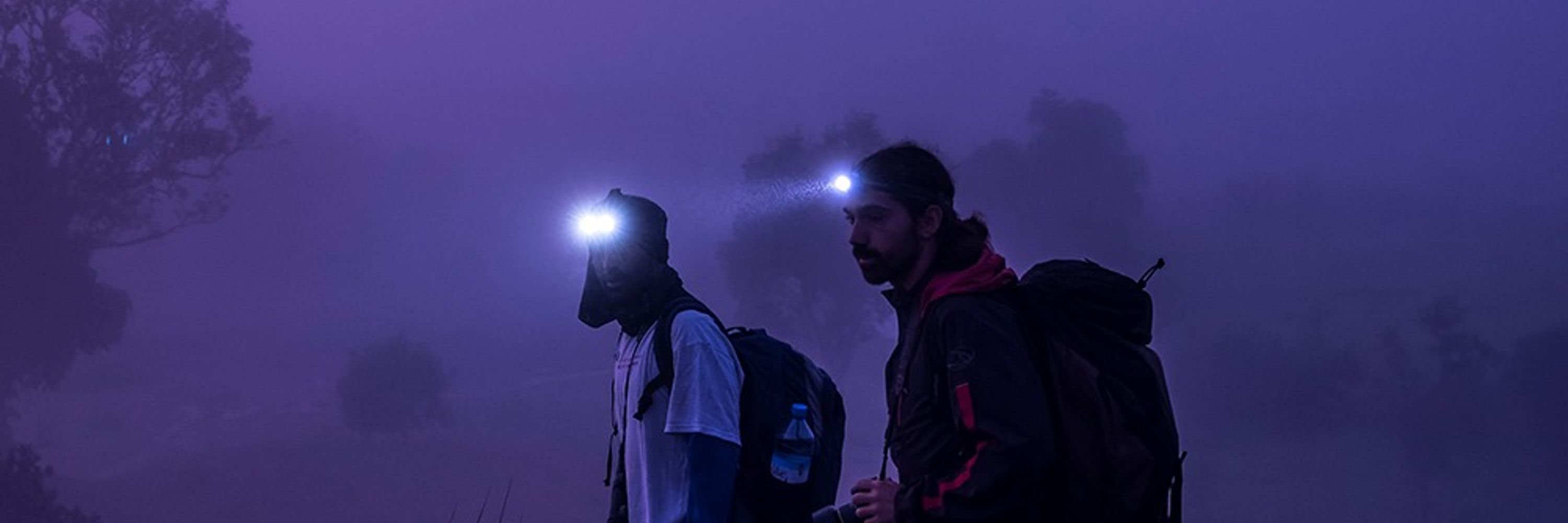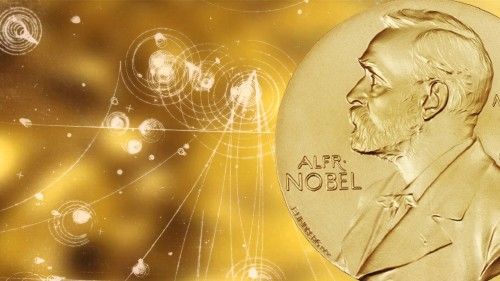Nature Portfolio
@natureportfolio.nature.com
49K followers
620 following
2.2K posts
Nature Portfolio’s high-quality products and services across the life, physical, chemical and applied sciences is dedicated to serving the scientific community.
Posts
Media
Videos
Starter Packs
Pinned
Reposted by Nature Portfolio
Reposted by Nature Portfolio


























